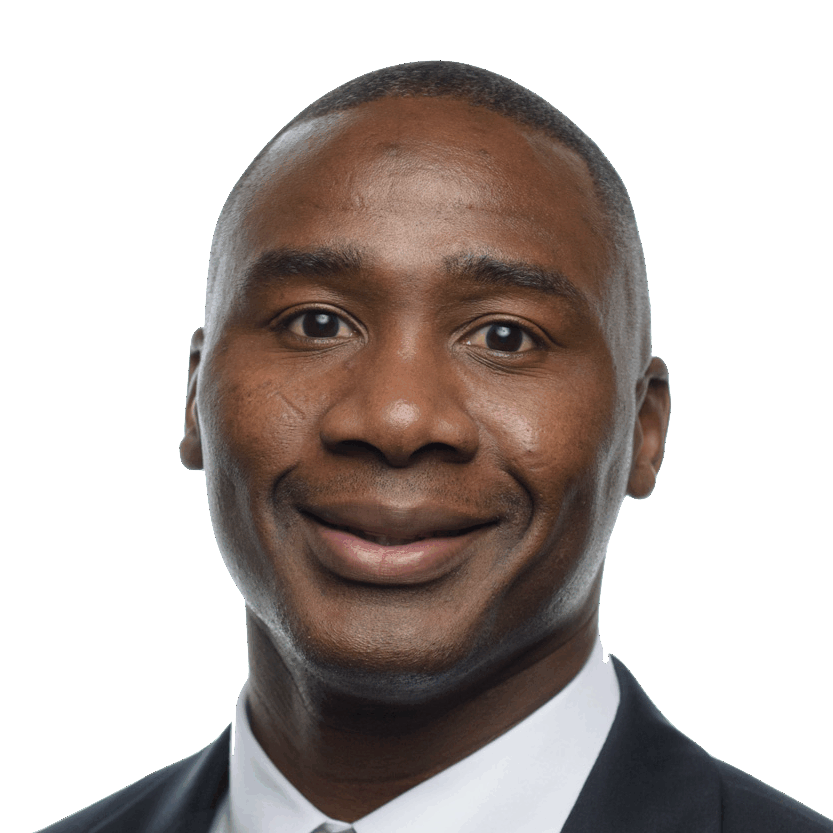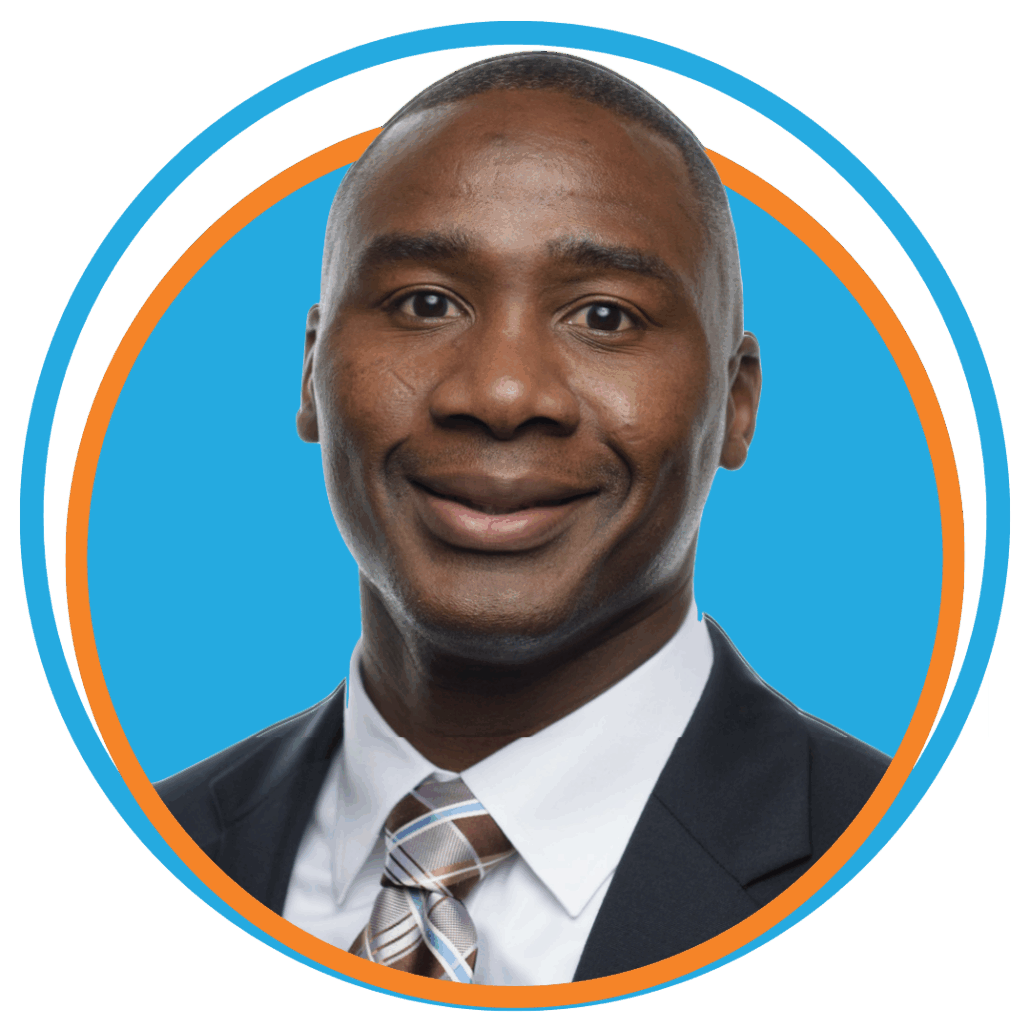[et_pb_section fb_built=”1″ _builder_version=”4.21.2″ custom_padding=”20px||20px||true|false” global_colors_info=”{}”][et_pb_row _builder_version=”4.16″ background_size=”initial” background_position=”top_left” background_repeat=”repeat” global_colors_info=”{}”][et_pb_column type=”4_4″ _builder_version=”4.16″ custom_padding=”|||” global_colors_info=”{}” custom_padding__hover=”|||”][et_pb_text _builder_version=”4.21.2″ _module_preset=”default” global_colors_info=”{}”]Preventing pervasive academic problems. A large share of student underperformance and failure is rooted in one specific type of academic work: constructive learning. This post uses a true story to share what constructing knowledge entails.
[/et_pb_text][et_pb_text _builder_version=”4.21.2″ _module_preset=”default” global_colors_info=”{}”]The best way to solve a widespread problem is to identify an issue that affects the most people and solve that issue. Once you take a chunk out of the problem, it loses its power.
College learning inherently requires students to construct their own knowledge. Yet, many students lack a process for doing this style of academic work. The inability to construct knowledge is an academic weapon of mass destruction. It contributes to student underperformance more than any other learning factor. When powerless to build knowledge correctly, students’ grades plummet, and their energy and confidence erode.
Introduction to Constructivism
Constructivism is a concept that deals with the nature of knowledge. Most associated with Jean Piaget, it lays the responsibility for learning with the learner, not the instructor. Constructivism developed as a counter perspective to more passive learning views that placed students in passive learning roles. Many of our modern ideas around active learning stem from constructivism.
What I find useful about the theory is that it allows us to delineate the roles and responsibilities of learning between educator and student. When students don’t know what they are responsible for in academic work, they labor in vain. Let’s look at how this scenario played out between Dr. Simons and Kayla in a first-year seminar course.
Dancing to the Wrong Tune
Constructing learning is an active dance between educators and students, and it works best when both dance to the same tune. But most often, the roles and responsibilities are not clearly defined. This leads to lots of bad dance moves.
Dr. Simon was teaching a first-year seminar course for the first time after a long hiatus. His previous experiences were not pleasant. A musician, he detested having to do what he considered debasing to his music in order to satisfy students’ desires for “more interesting” course selections. He enjoyed teaching upperclassmen, but despised instructing freshmen, especially since most would not wind up majoring in his program. But institutional pressures and financial sweeteners motivated him to teach a course anyway.
He decided to title his course Music Through the Decades. Below is how he described the class in the school’s catalog and in his syllabus.
This course will expose students to various musical artists and genres that have made key contributions to American culture throughout the 20th century.
With this brief summary, Dr. Simon made his first dance move. He created a conception for the course. He didn’t realize it, but his words, when read by students, would cultivate their learning appetites.
Kayla selected Music Through the Ages as her first-year seminar course because she was attracted to the title. She adores music —all kinds of music. She’d been freelancing as a DJ for parties and social events for three years. Taking a course in music – a subject she loved and had deep experience in – seemed a no-brainer to her. “This is a definite A!” she thought.
This quick consumption of Dr. Simon’s course description, and more importantly, Kayla’s interpretation of what the course entails, is Kayla first move on the academic dance floor. She and Dr. Simon are now dance partners. Let’s see how well they tango.
As Kayla studied for the first test, she felt her confidence rise. Once she concluded her review, she believed she was prepared for the test. Naturally, she was flabbergasted when she received a failing grade. Most deflating was the fact that as she’d read the test questions, she’d felt as if she had not studied at all, despite having spent several hours doing academic work.
Kayla still loved the idea of the course, so she doubled her study efforts, but this only marginally improved her grades. She went from making Fs to earning Ds, and she did not know why.
In October, Kayla attended my Transforming Good Students into Great Learners online webinar. She’s the kind of learner I never forget – smart, focused and willing to talk honestly and humbly about her experiences.
The segment about constructive learning powerfully resonated with Kayla. Our interaction unfolded like this:
Kayla: I’m having trouble in my first-year experience course. It’s called Music Through the Decades. I thought it would be easy since I’m so passionate about music. I mean, it’s not even a real course; it’s my FYE course. It is supposed to boost my grade, but it’s dragging my GPA down.
Me: What do you mean when you say you thought the course would be easy?
Kayla: I don’t mean easy as in no work. I meant that since the course is about music and it’s a first-year course — not one of my major courses — I thought my study efforts would get me an “A.” I study more for this course than others, but I just feel lost. I feel like the professor talks about things in class, but those things never show up on our tests.
I decided to use Kayla’s experience as a case study for the online participants. I knew many of the other attendees’ struggles were, in part, related to constructing knowledge.
Me: Kayla, how did you interpret the course title and description? More precisely, what type of cognitive work were you expecting to do?
Kayla wasn’t able to offer much of a response. I anticipated this question would stump her (because it usually stumps students with the same learning challenges as Kayla’s). Then with a few prompts from me, the situation cleared up nicely.
Let’s take a trip to the Animation Lab to see a vivid illustration of how Kayla began transforming from a student (someone who devotes time to studying) into a learner (someone who learns).
[/et_pb_text][et_pb_video src=”https://vimeo.com/333657719″ _builder_version=”4.21.2″ _module_preset=”default” custom_padding=”10px|10px|10px|10px|true|true” box_shadow_style=”preset1″ global_colors_info=”{}”][/et_pb_video][/et_pb_column][/et_pb_row][/et_pb_section]

